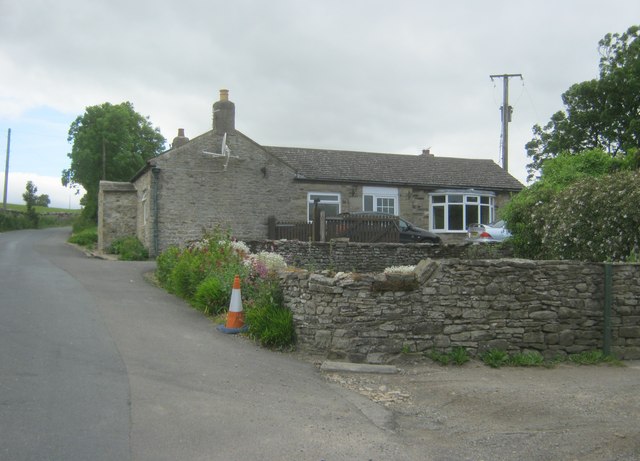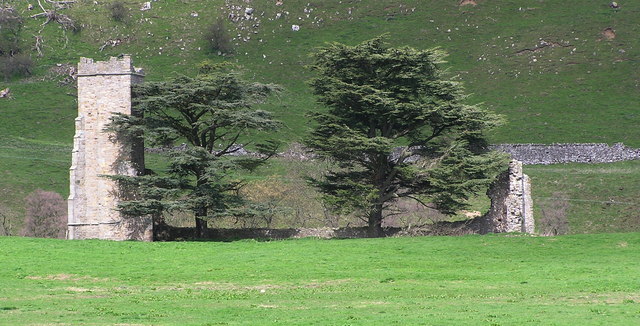Musgrove Pasture
Downs, Moorland in Yorkshire Richmondshire
England
Musgrove Pasture

Musgrove Pasture is a picturesque area located in Yorkshire, England. Nestled amidst the stunning landscape of the Yorkshire Downs and Moorland, this vast expanse of land spans over several miles and offers breathtaking views for nature enthusiasts and hikers alike.
The pasture is characterized by its rolling hills, lush green meadows, and scattered patches of woodland. The rich and fertile soil supports a diverse range of flora and fauna, making it a haven for wildlife. Visitors can spot various species of birds, including skylarks, lapwings, and curlews, as they soar across the open skies.
The area is crisscrossed by a network of footpaths and trails, making it a popular destination for walkers and hikers. These paths lead adventurers through the undulating terrain, offering panoramic vistas of the surrounding countryside. The Yorkshire Downs, with their heather-covered slopes, provide a dramatic backdrop to the scene.
Musgrove Pasture is also home to a number of historic landmarks, including ancient stone circles and burial mounds. These remnants of the past add a sense of mystique to the area, attracting history buffs and archaeology enthusiasts.
For those looking to immerse themselves in the tranquility of nature, Musgrove Pasture offers a peaceful retreat away from the hustle and bustle of city life. Whether it's a leisurely stroll, a challenging hike, or simply basking in the beauty of the landscape, this idyllic Yorkshire gem has something to offer to everyone.
If you have any feedback on the listing, please let us know in the comments section below.
Musgrove Pasture Images
Images are sourced within 2km of 54.395685/-1.8709778 or Grid Reference NZ0800. Thanks to Geograph Open Source API. All images are credited.

Musgrove Pasture is located at Grid Ref: NZ0800 (Lat: 54.395685, Lng: -1.8709778)
Division: North Riding
Administrative County: North Yorkshire
District: Richmondshire
Police Authority: North Yorkshire
Also known as: Cleaburn Pasture
What 3 Words
///signature.remotes.plug. Near Richmond, North Yorkshire
Nearby Locations
Related Wikis
Skelton, west North Yorkshire
Skelton is a small hamlet in the Richmondshire district of North Yorkshire, England. It is within the Yorkshire Dales National Park near the larger village...
Marske, west North Yorkshire
Marske is a village and civil parish in the Richmondshire district of North Yorkshire, England, situated in lower Swaledale on the boundary of the Yorkshire...
Marrick
Marrick is a village and civil parish in the Richmondshire district of North Yorkshire, England, situated in lower Swaledale in the Yorkshire Dales National...
Ellerton Priory (Swaledale)
Ellerton Priory was a priory of Cistercian nuns in Swaledale in North Yorkshire, England. Its ruins lie in the civil parish of Ellerton Abbey. == History... ==
Nearby Amenities
Located within 500m of 54.395685,-1.8709778Have you been to Musgrove Pasture?
Leave your review of Musgrove Pasture below (or comments, questions and feedback).








![Bridleway through Clints Wood Bridleway through woodland above Marske Beck. The mature tree on the left is of interest as it is an elm, a rare sight these days. [presumed to be a wych elm]](https://s2.geograph.org.uk/geophotos/04/57/84/4578410_b43e096b.jpg)


![Orgate Farm The approach to the farm along the bridleway from Marske. One wonders if the name has anything to do with the mining and transportation of lead ore [galena] which was mined nearby and once smelted at furnaces in the valley below.](https://s0.geograph.org.uk/geophotos/04/57/84/4578432_abd2b304.jpg)








